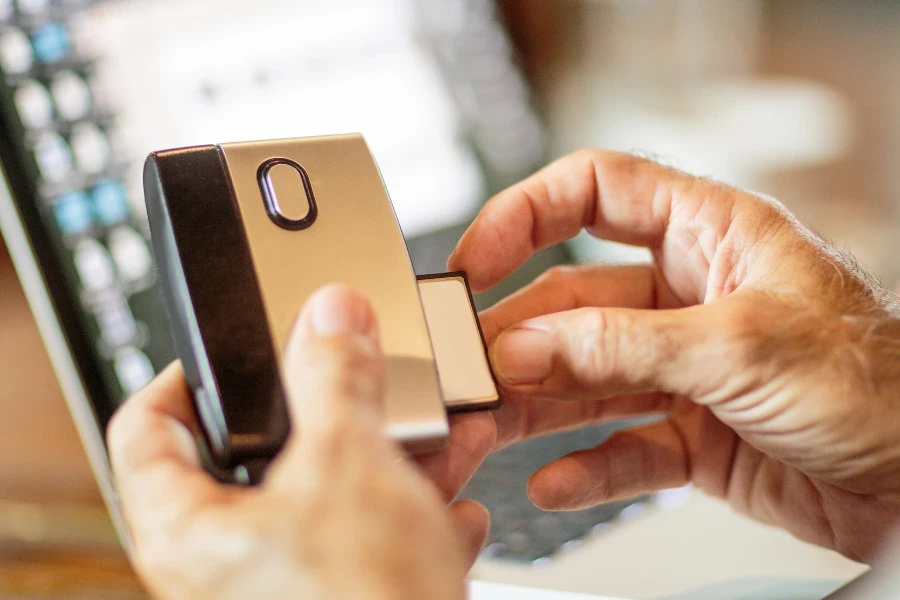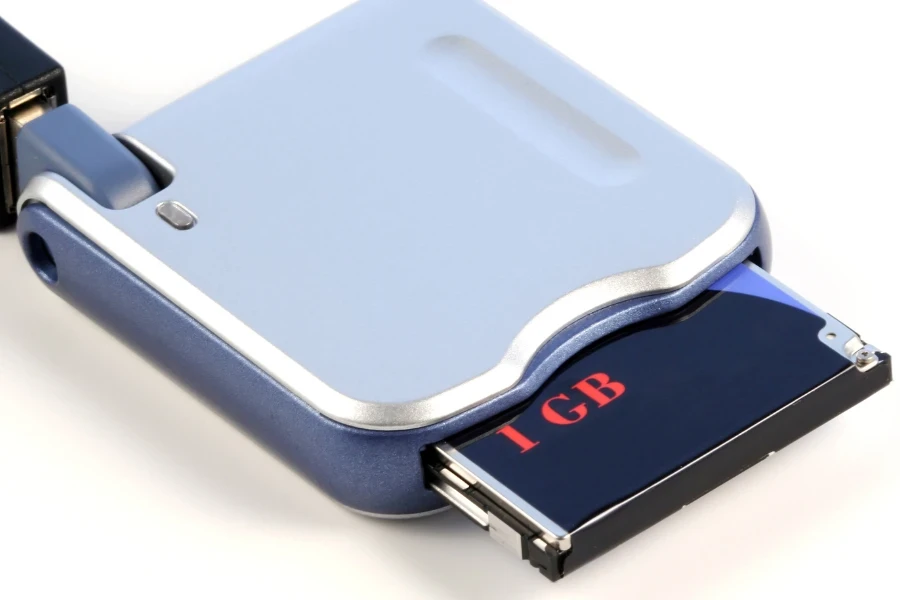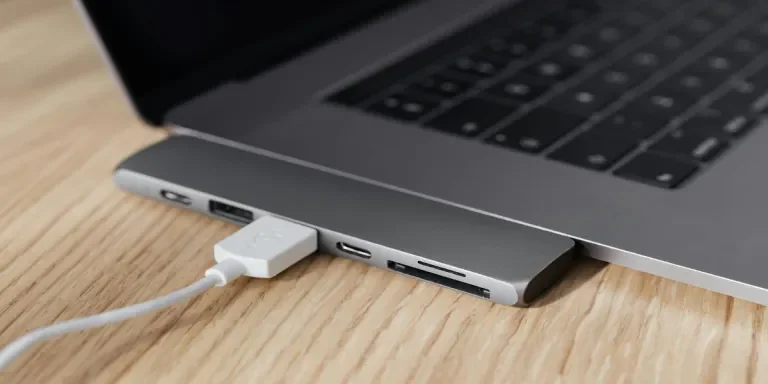Data is currency, and memory cards are their storage banks. One of the most effective ways to “withdraw” or get information from this storage bank is through a card reader.
SD card readers are a simple and reliable solution that ensures consumers can easily access their files anywhere and anytime. Laptops are getting thinner, and SD card slots are leaving the world, meaning memory card readers are stepping up to close the gap.
Although consumers can connect through USBs or wireless connections, it can be a hassle to set up—it’s way easier to slot in a card! This article will discuss why card readers are still important and how businesses can stock up on them in 2024.
Table of Contents
What are card readers, and why are they handy?
Will the card reader market performance remain steady in 2024?
How to choose the right card readers to sell
Rounding up
What are card readers, and why are they handy?

When it comes to digital data, SD cards reign supreme. They’re portable, small, and can handle lots of data. But here’s the catch: these super cards offer various formats and storage capacities, meaning there’s no one-size-fits-all approach. To top it off, different devices need different card formats, making the issue trickier.
Thankfully, card readers can help solve this problem. They can handle various card types, making them compatible with the devices consumers use them on. Plus, these readers allow users to access and transfer all their digital files, regardless of the device—whether digital cameras, PCs, dash cams, or action cameras, they can handle it all.
Even Google Ads data proves that SD card readers are still relevant today, and people still need them. According to reports, search interest in SD card readers jumped from 90,500 in July to 110,000 in November 2023—an impressive 20% increase in 4 months.
Will the card reader market performance remain steady in 2024?
The current outlook of the card reader market is promising. Although experts placed the market at US $32.5 million in 2021, they expect it to surpass US $40.4 million by 2031 at a 2.4% compound annual growth rate (CAGR).
The SD card reader industry is on a straight growth path due to the rising demand for connected devices that require more storage. Other tech innovations, like the Internet of Things, also play a significant role in market expansion. Lastly, the expanding gaming trend is set to impact this market’s growth positively.
How to choose the right card readers to sell
Compatibility
Since card readers support various SD and microSD cards, compatibility is often an issue. Consumers may purchase these devices only to find out their design doesn’t support the card types, leading many to complain about compatibility.
Although many modern card readers feature multi-card support, compatibility is still a big issue. So what’s the solution? Card readers with a lot of slots.
An SD card reader with many slots is handy for many reasons, the main one being compatibility with different card types. Hence, consider stocking up on 4-in-1 or 6-in-1 card readers if target consumers use various cards.
Aesthetics and material

A card reader’s durability largely depends on the material quality manufacturers use in its construction. When adding card readers to inventories, always go for ones crafted from high-quality materials, like aluminum alloy.
Such card readers tend to outlast those made from less resilient alternatives. In addition to their durability, aluminum allows card readers to have better heat dispersion, reducing the chances of receiving damage from overheating.
Speed
Do consumers handle large file transfer files regularly? Then, it’s time to focus on the card reader’s speed. The best options in this regard are readers equipped with high-speed interfaces. However, two factors determine a card reader’s speed: the card bus interface (UHS-I and -II) and data transfer protocols (like USB 3.2).
Card bus interface: Cards with UHS-I capabilities can reach 104 MB/s, while UHS-II can read/write data at 312 MB/s.
Data control protocol: This part refers to the card reader’s connector type, depending on the version. Some can handle up to 2,500 MB/s, while others barely take 100 MB/s. USB 3.2 is one of the faster ones available today.
However, the actual card reader speed depends on the slower one between these two factors. For example, if consumers connect a USB 3.2 Gen 1 reader to a UHS-II card, the fastest transfer speed they’ll get is 312 MB/s—despite the USB 3.2 Gen 1 handling up to 625 MB/s.
Connection stability
What’s the fastest transfer speed without a stable connection? It amounts to nothing but annoyance and frustration. That’s why businesses shouldn’t underestimate connection stability when purchasing card readers.
Picture this: consumers are transferring important files, but an inconsistent connection interrupts the process, potentially causing them to lose their data—a terrible situation!
So, SD card reader businesses should prioritize and promise speed and an unshakeable connection. It’s a dual-focus strategy that’ll ensure consumers get seamless data transfers.
Size and portability
SD card readers come in four primary sizes: mini, micro, standard, and full-sized—but the right one depends on the user’s wants. Usually, full-sized variants provide ports for all kinds of SD cards, while standard ones may just have one or two ports. Both mini and micro readers can only accommodate their card type.
Usage is another factor determining the card reader size consumers will need. If they prefer portability, businesses can offer small-sized and lightweight SD card readers. But if consumers have stationary workspaces, they may prefer larger, more feature-packed models.
Rounding up
SD card readers have become even more important in the current digital age. Imagine consumers transferring photos from their high-resolution cameras to their PCs in record time or quickly backing up critical files from mobile devices—that’s the convenience of SD card readers.
These devices are not restricted to photographers or tech enthusiasts. Even casual users see the ability to access, transfer, and backup at impressive and secure speeds as a worthwhile bonus.
Still wondering how card readers are rocking the market? Consider the factors discussed in this article before stocking up on them, and watch these devices leave stores in a snap!




